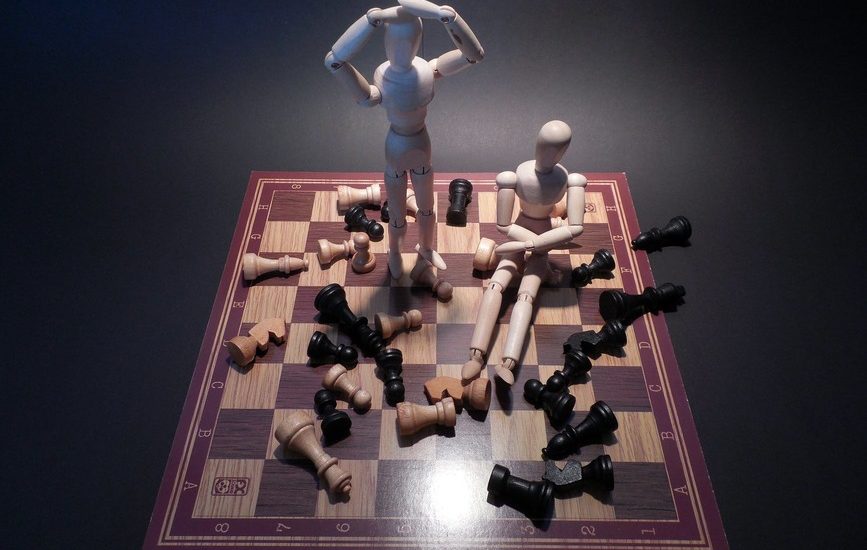Intelligent Sensing With AI: Deep Dive into Sensor Data Empowerment
- June 19, 2019
- Posted by: admin
- Category: Artificial Intelligence

IArtificial Intelligence is not just about teaching robots to perform human activities anymore. As time is progressing AI is rapidly evolving too. It has led to the advancement of electronic sensors.
Electronic sensors, which have played a major role in AI and robotics, have undergone a huge revolution too. And this has been driving tremendous demand in the industry for applications that use intelligent sensing with AI.
What is intelligent sensing in AI?
To define sensors in artificial intelligence it can be said that AI sensors are basically devices that can perform complicated tasks like self-validation, self-adaptation, and self-identification when placed in diverse conditions.
Intelligent sensing is all about these sensors used in Artificial Intelligence that can draw information from the surroundings on their own, much like human sense organs. In AI, smart applications are programmed with certain scientific algorithms for performing specific predefined actions which function on the basis of certain external stimuli.
There are specialized Signal Conditioning Circuits and hardware designed for AI sensors to monitor the external conditions and regulate itself.
Different types of AI sensors
There are different types of sensors in artificial intelligence, but some of the most widely known are
- Temperature sensors
- Pressure sensors
- Optical sensors
- Voltage sensors
- Chemical sensors
- Velocity sensors
- Gas sensors
- Position sensors
AI enabled sensors are used to great advantage in applications developed for automatic knowledge acquisition, fuzzy logic, neural networks, case-based reasoning, genetic algorithms, ambient intelligence and much more.
AI and smart sensor empowerment
With the rise of robotics and AI more and more real-world entities will be adapted into their corresponding digital avatar or more formally known as “digital twins”. Gartner has put forward estimates, which say that by 2020 there will be over 20 billion AI sensors that will be used in creating digital twins for billions of physical systems. So the use of smart sensors is all set to revolutionize the current reach of IoT as well. (Source)
Apart from the digital twin evolution, there will be a massive change in how people understand the digital world today. With AI and sensors, users can look forward to a more immersive experience in conversational platforms with Virtual Reality and Augmented Reality. Companies are aiming to provide an immersive experience to consumers over multiple channels, and modes, which will employ humanly senses and create a very multi-experience ambiance for users. (Source).
So with the evolution of AI sensor technology, we can expect the rise of Mixed Reality powered by AI, in place of Augmented and Virtual Reality.
